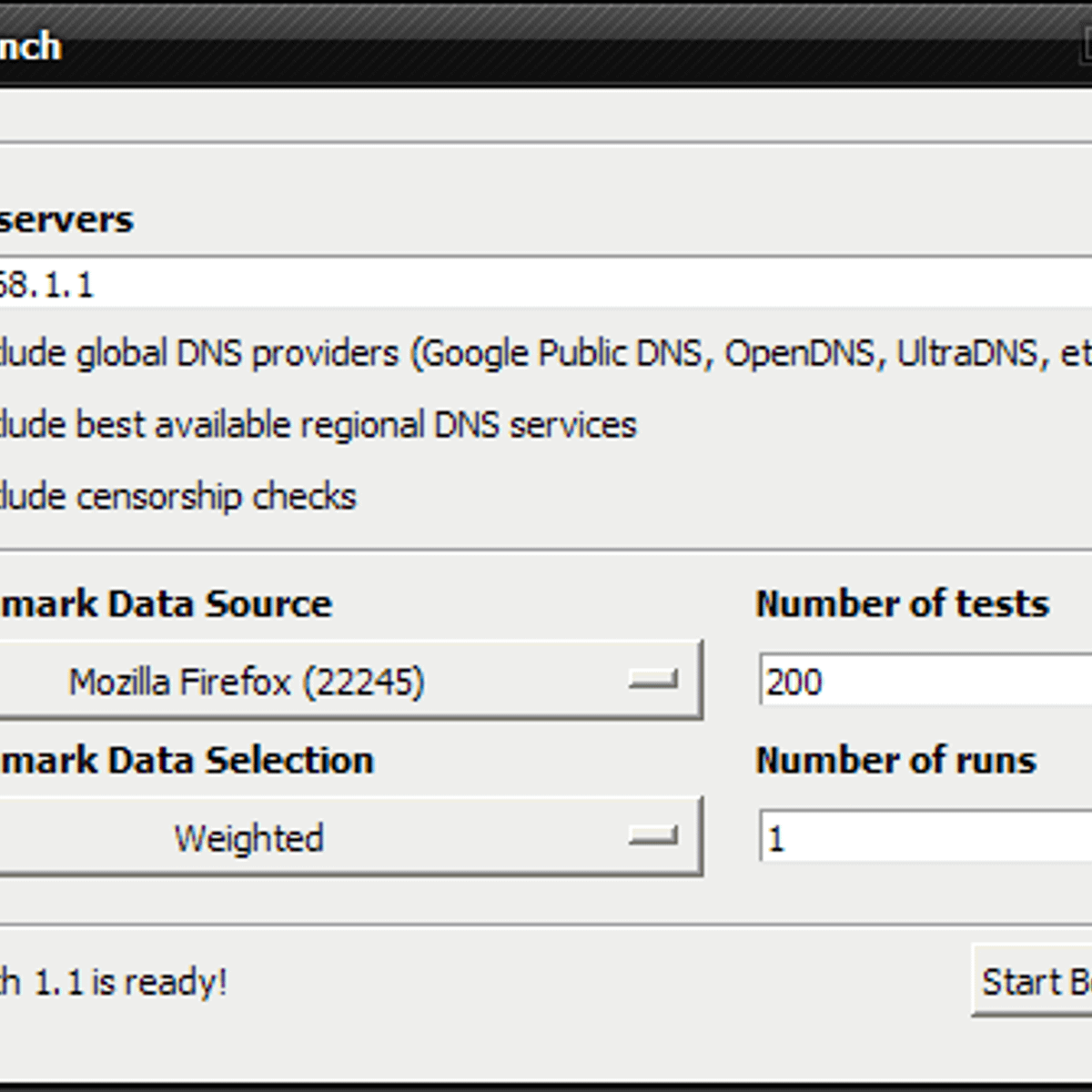
You can reset and clear DNS cache in macOS Big Sur to fix most DNS issues that you might be facing. The method mentioned in the article works for Mac OS Big Sur 15, and even on macOS Big Sur. If you face any issues with the commands I mentioned, feel free to let me know in the comments section down below.
- In Mac OS X Snow Leopard, under various conditions mDNSResponder will instead decide to route all DNS queries to the second DNS server specified, perhaps as a method of routing DNS queries in a round-robin fashion. Nevertheless, this behavior is unexpected to most users, and may cause issues if the previous behavior was expected.
- If configured correctly, the DNS server reports the hostname for your Mac OS X server. If either of these fails, DNS is not properly configured for your server. About the Book Author John Rizzo is a popular computer industry columnist, editor, and blogger who covers Macintosh and cross-platform topics. His blog, MacWindows.com, is the web's.
- Sudo killall -HUP mDNSResponder;sudo killall mDNSResponderHelper;sudo dscacheutil -flushedcache;say Mac DNS cache has been cleared. Method #3: Flushing DNS Cache on Mac OS El Capitan and Yosemite. This method can be both applied on the El Capitan and Yosemite version of Mac. So here is how to do this. Go ahead and launch Finder on your Mac.
- You can reset and clear DNS cache in macOS Sierra to fix most DNS issues that you might be facing. The method mentioned in the article works for Mac OS X 10.10.4+, and even on macOS Sierra. If you face any issues with the commands I mentioned, feel free to let me know in the comments section down below.
A DNS cache or DNS resolver cache, is a temporary database of DNS lookups on the OS and browser. It consists of the records of recent as well as attempted visits of websites along with domains. To troubleshot cache poisoning or other internet connectivity issues, you may need to flush the DNS cache. The action will remove all the DNS entries. Besides, it also gets rid of invalid records. Let’s check out the way to clear the DNS cache on your Mac.
What does Clearing the DNS cache do?
If you are having trouble accessing a website on your Mac, or if webpages do not load properly, clearing DNS cache will help. It also lets you correctly see the new version of a website, in case the site has recently moved its servers. It does so by clearing the outdated entries and fetching the new ones. Finally, regularly flushing DNS cache may also help in hiding search behavior and offer security against manipulation.
How to Flush DNS Cache on Mac
For macOS Catalina, Mojave, High Sierra, Sierra, and macOS El Capitan the command is the same.

- Open Terminal using Launchpad or Use Finder → Applications → Utilities, or Spotlight Search (Command+Space Bar) for this.
- Now, you need to enter the command given below.
sudo killall -HUP mDNSResponder - Enter your Mac’s password and then press the enter key again.
Done! Now, you may have to wait for a few moments until the DNS cache is completely flushed out. Once it’s done, a verbal audio alert will confirm that the DNS cache is flushed on your Mac.
You have successfully cleared the DNS Cache on your Mac! Most likely, now you will have no trouble visiting websites or seeing webpages.
Dns Jumper Mac Os X 10.13
Clear DNS Cache in Older macOS versions
If you are using an older version of macOS, then here are the commands for those.
To clear DNS cache on macOS Yosemite, enter the following syntax:
sudo discoveryutil udnsflushcaches
To clear DNS cache on macOS Lion, Mountain Lion, and Mavericks, enter the following syntax:
sudo killall -HUP mDNSResponder
That’s all, folks.
Signing off…
Hopefully, getting rid of the DNS cache will no longer be a big deal for you. Additionally, if you like, you can also choose to clear DNS Cache only for the Google Chrome browser. For this enter chrome://net-internals/#dns in Chrome’s address bar. Next, click on Clear host cache.
You may also like to check out:
If you have any questions related to this, please toss it up in the comments below.
The founder of iGeeksBlog, Dhvanesh, is an Apple aficionado, who cannot stand even a slight innuendo about Apple products. He dons the cap of editor-in-chief to make sure that articles match the quality standard before they are published.
Dns Jumper Mac Os X 10.10
- https://www.igeeksblog.com/author/dhvanesh/
- https://www.igeeksblog.com/author/dhvanesh/
- https://www.igeeksblog.com/author/dhvanesh/
- https://www.igeeksblog.com/author/dhvanesh/